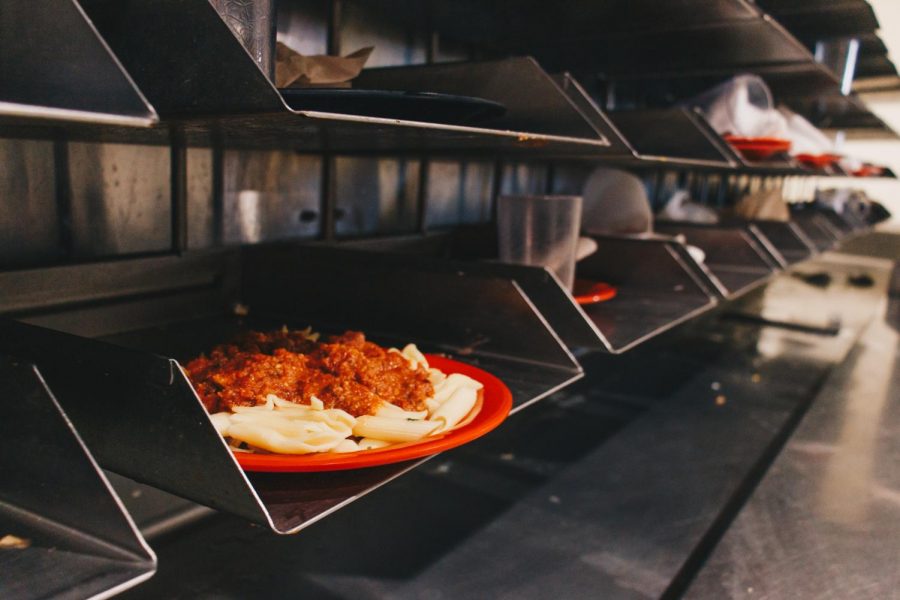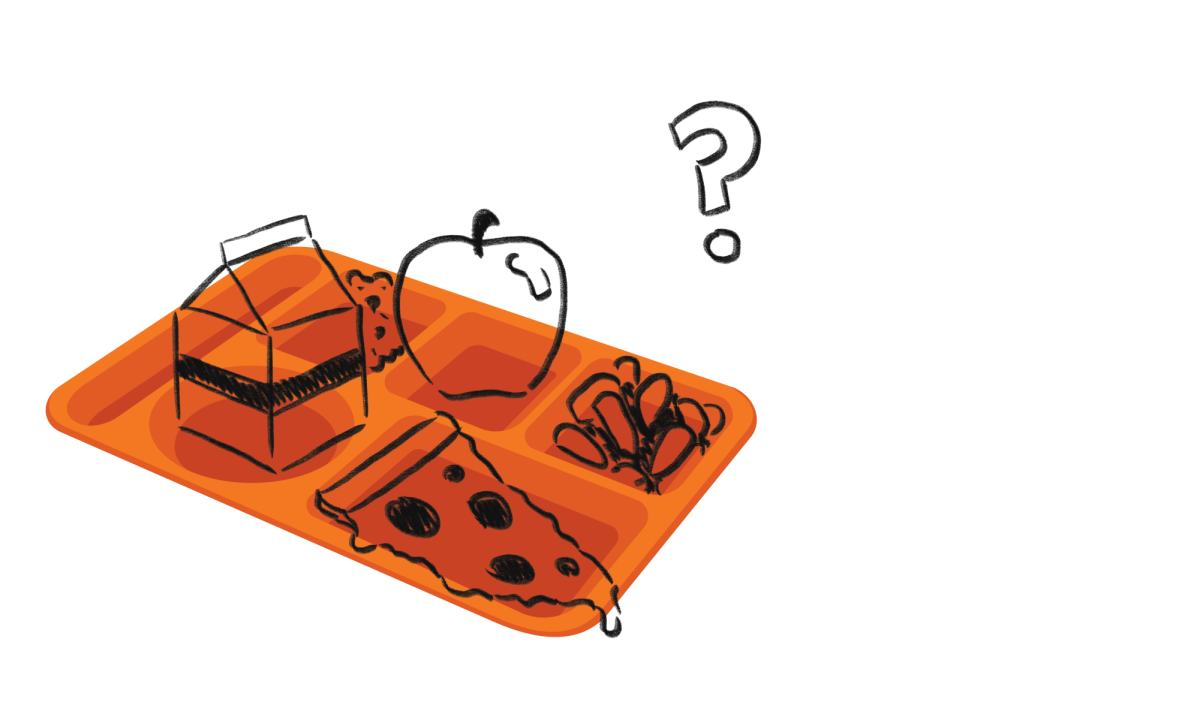Haste Makes Waste: Plans to Reduce Food Waste at the U
A full plate of food returned to be cleaned at the PHC.
March 18, 2020
The University of Utah has made a commitment to reducing campus waste, reusing viable products and recycling.
Reducing Food Waste
U Dining Services has partnered with the Food Recovery Network, an on-campus organization started in 2015 that takes leftover food from the restaurants in the Union and the Peterson Heritage Center and tries to make them into viable food options for people at homeless shelters in Salt Lake City. If any students are interested in volunteering for the Food Recovery Network, they are encouraged to sign up through the Bennion Center.
“Our slogan for the organization is ‘fighting waste, feeding people,’ so it is kind of the intersection of food justice, climate justice and how that is affected by food waste, as well as food security in our local communities,” said Julia Case, vice president of the Food Recovery Network’s University of Utah chapter and junior studying chemistry and environmental sustainability studies.
The Food Recovery Network sends student volunteers into the Union and PHC’s kitchens at the end of the week to take viable leftover food, repackage it and bring it to local homeless shelters or food pantries in the community.
“Since the group started in 2015, we have recovered a total of 45,000 pounds of food and we collect the data of what food we are recovering, we send it to the kitchens, and then they also know what they are making too much of, and hopefully it helps them reduce how much food they are making in the long run,” Case said.
Sustainability
There are also organizations other than the Food Recovery Network that partner with the U to improve sustainability and reduce food waste.
“During the summer when most students are off campus, Dining Services partners with local non-profit Waste Less Solutions, who coordinates pick-up and donation of excess food. Additionally, Dining will donate packaged food to the Feed U Pantry,” said Jennifer Nielsen, Food Safety & Sustainability Coordinator for University Dining Services, in an email interview.
The Sustainability Office on campus also plays a part in reducing food waste on campus.
“Food that is sent to be consumed by people is food that hasn’t even touched human hands yet: pre-packaged foods, in some cases it hasn’t been sold, or maybe food that has been prepared at the PHC that hasn’t been eaten or put on the plates yet. Food waste that is sent to the anaerobic digester, I believe, is food that has been contaminated in some way and is not fit for human consumption,” said Lucy Allen, Food Systems Intern at the Sustainability Office and senior majoring in multi-disciplinary design.
The anaerobic digester converts food waste into renewable energy and bio-based fertilizer. It does this by adding secondary water to the food mixture and blending it until it becomes a liquid. Then the mixture is sifted to remove plastic and finally, the organic waste is heated, which activates the microbes, allowing them to break down the organic matter. Biogas is produced, which can then be converted into renewable natural gas.
“Dining Services has diverted last year over 92,000 pounds at the Union and 229,000 pounds at the Heritage Center … to the anaerobic digester at Momentum Recycling,” Allen said.
Important Roles
An efficient and mutually beneficial system has been created between campus dining services and organizations like the Food Recovery Network, whose long-term goal is to reduce food waste on campus.
“The head chef has been really great working with us and he is really supportive, and is always making sure that we have the resources that we need, and then in turn, we see how we can best help him with his operations, so it is definitely a two-way street,” Case said.
In addition to different organizations and individual people working to reduce food waste, the kitchens and their staff all play a role in reducing food waste in their everyday jobs.
“Every cook and chef plays a significant role in reducing food waste. Before food is served, it is washed, cut, prepped and cooked by trained culinarians to maintain as much of the original product as possible. We measure food waste in our kitchens and monitor what we are throwing away, adjusting menus if needed to stop waste,” Nielsen said.
According to Nielsen, the chefs are also trained to prepare food in ways that produce the least amount of waste. For example, they are instructed to cook in small batches so that food can be hot and fresh but contain less waste at the end of the day.
“Cooked food can be either wasted or donated, and our chefs prefer to see their hard work donated rather than trashed,” Nielsen said.
What U Can Do
“The highest waste of food on campus is when students serve a dish, but do not eat it. Food that is cooked and served to the public cannot be re-served later, for food sanitation reasons. I work with our chefs and managers to respectfully make dining guests aware of their role in reducing food waste,” Nielsen said.
The PHC has signs hanging near the dish-return area that provide ways for students to be mindful and conscientious of their own impact on the generation of food waste. The signs suggest: “Fill one plate at a time, then go back for more” and “Taste with a spoon before you fill your plate if you’re not sure you’ll like the flavor.”
In addition to food waste, there are ways that students can reduce material waste such as paper and plastic when dining. Nielsen said that paper to-go containers are oftentimes wasted because people will order food to-go but then stay in the dining area to eat.
“If you eat on site, get a to-go box at the end of your meal for leftovers. At Gardner Commons, we sell washable to-go boxes. … After ordering at the kiosk, guests can hand these clean boxes to the chef for their meal. Once the meal is consumed, bring back that box and not only will we wash it for you, we exchange it for a clean one!” Nielsen said. The boxes can be purchased for $5.99.
“Sometimes too much food is dished onto a plate. We recommend students to fill one plate at a time then go back for more if still hungry. We hope everyone enjoys the food and appreciate feedback (DineOnCampus.com/Utah) about favorite and not-so-favorite dishes, so we can serve more of what will be consumed,” Nielsen said.













